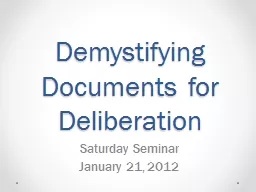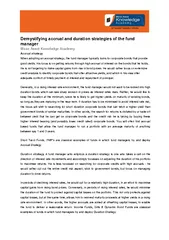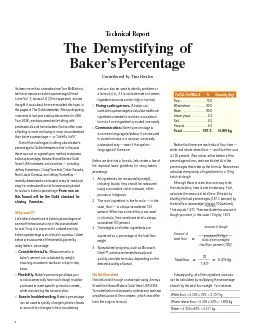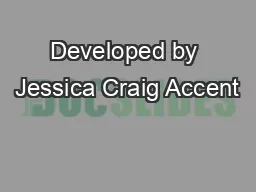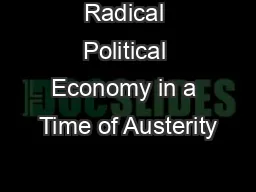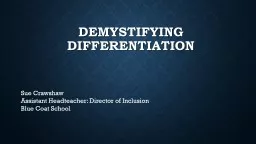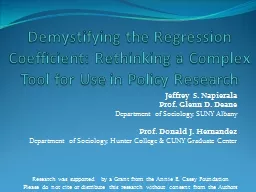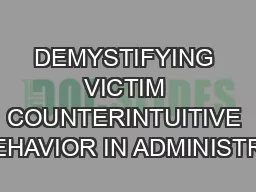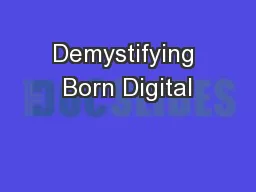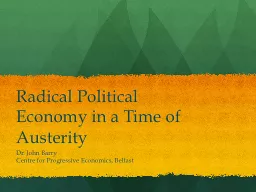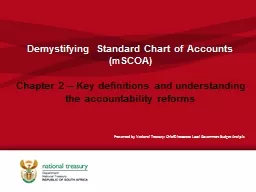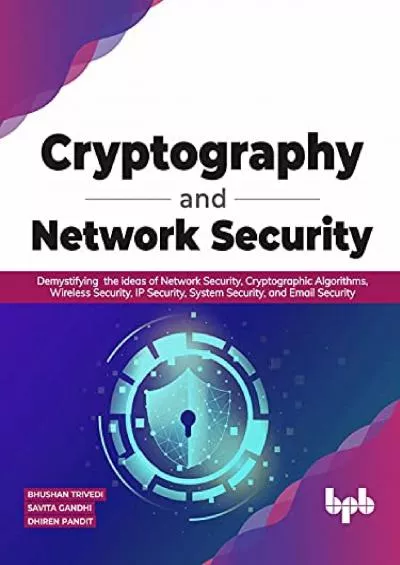PPT-Demystifying Documents
Author : pamella-moone | Published Date : 2016-03-18
for Deliberation Saturday Seminar January 21 2012 Norms Review Huge class size Please do not text unless there is a very important reason eg kid is locked out of
Presentation Embed Code
Download Presentation
Download Presentation The PPT/PDF document "Demystifying Documents" is the property of its rightful owner. Permission is granted to download and print the materials on this website for personal, non-commercial use only, and to display it on your personal computer provided you do not modify the materials and that you retain all copyright notices contained in the materials. By downloading content from our website, you accept the terms of this agreement.
Demystifying Documents: Transcript
Download Rules Of Document
"Demystifying Documents"The content belongs to its owner. You may download and print it for personal use, without modification, and keep all copyright notices. By downloading, you agree to these terms.
Related Documents

